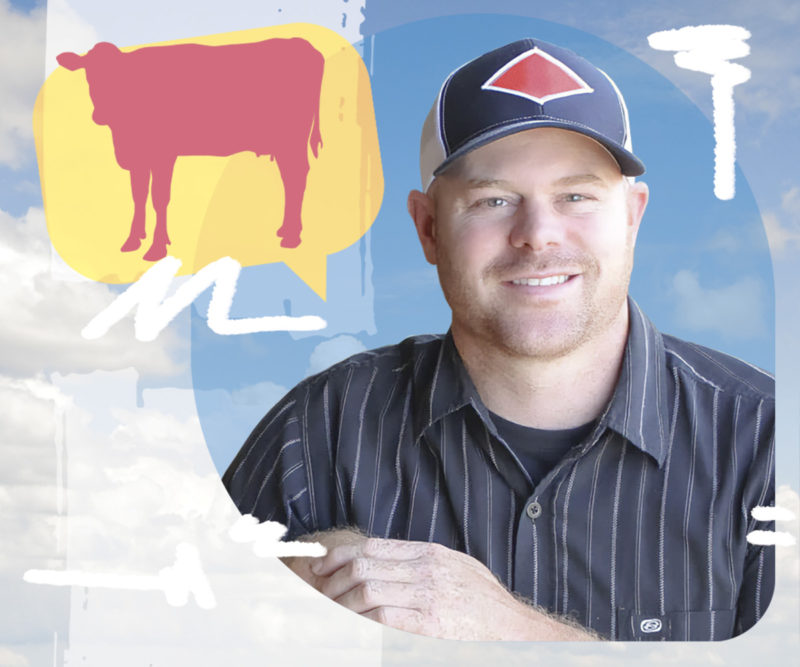To read this article in French, click here.
There is something humbling about depending on forces outside of your control to make a living in farming. Markets, animal health, an old tractor that only starts with starting fluid, and certainly, weather.
If you want to have a fun conversation, ask a farmer what their opinion is of their local TV weatherman. Outside of a weatherman in Phoenix, who only needs to predict a forecast of sunny and 70ºF or sunny and 120ºF, there are very few weathermen who consistently predict weather correctly in the eyes of a farmer. Now, a farmer is not your average run-of-the-mill civilian. They typically have an average of three weather apps, a 10-, 14- and 20-day outlook, a leg that acts up within 48 hours of rain, and a direct line into the National Oceanic and Atmospheric Administration.
Weather can not only impact our own crops on the farm, but it can also impact the price we pay for corn, soybeans and canola. Higher grain costs mean higher milk prices, so timely rains in key growing regions influence input costs but also the income side for dairy producers.
Social media has a large impact on price fluctuations as farmers who grow corn and soybeans try to spin a narrative every year: one, the crop didn’t get planted because of too much rainfall; and two, it didn’t grow because of lack of rainfall. Other grain farmers will “like,” “share,” “retweet” this horrible narrative that all the grain crops drowned, burned up or had information on a politician. These narratives will hopefully get into the hands of traders and funds who are trying to determine the market direction of grains every day.
With weather being such a foundational part of nearly every farming operation, it is no wonder coffee shops across the country are filled with local experts dispelling knowledge, opinion and satire.
The group is made up of several old-timers who track rainfall with gauges and journals. These patriarchs remember the floods of '73 and remember Grandpa talking about the flood of '53. These floods tend to grow in size and devastation with each new iteration.
The next group of people are the high-tech iPhone weather experts who can track a rain shower on European and American weather models with their phone. They compare historical monthly rainfalls to their current rainfalls and come up with predictions. The group also has an affable individual with varying political persuasions who keeps telling them driving a truck and not a bicycle is the reason we have 80ºF weather. The clear solution is for everyone to give all their money to the government in the form of taxes so politicians can jet around and tell people they can’t drive a car today. The group also has a kid who ponders what a $1 million rain actually means, which adjusted for inflation is closer to a $1.3 million rain.
Some of the more astute members of the coffee shop mafia start scratching down numbers. A timely rain in July that increases yield per acre of 15 bushels with a $5 bushel price is a net of $75. So, in order to have our $1.3 million rain, we would need a rain event that covers 17,000 acres. Results may vary.
In the end, the farmer’s dependence on weather creates an individual who tends to have a better handle on the finiteness of life. You must have some level of humility when you realize that our very existence is dependent on 6 inches of topsoil and timely rains in key growing regions.





